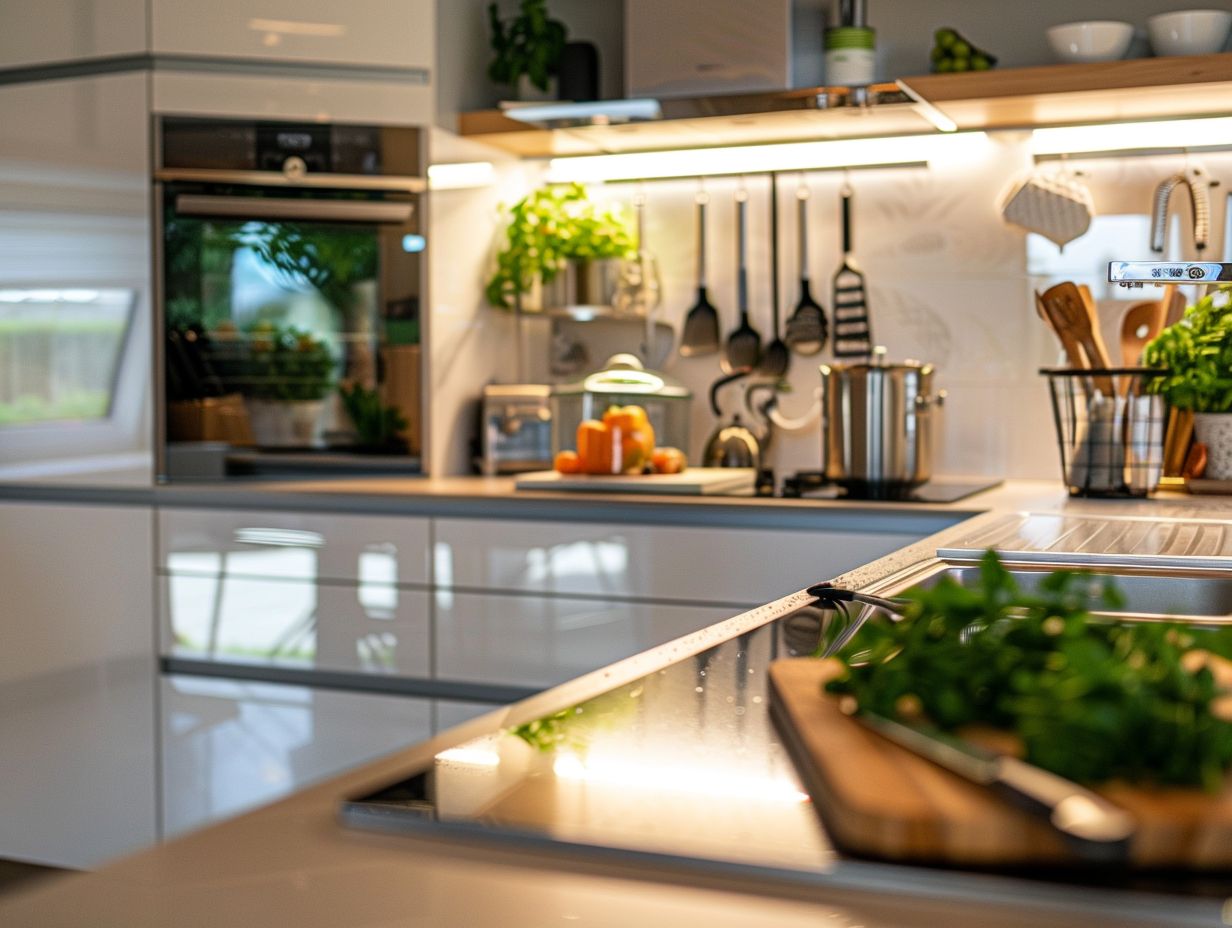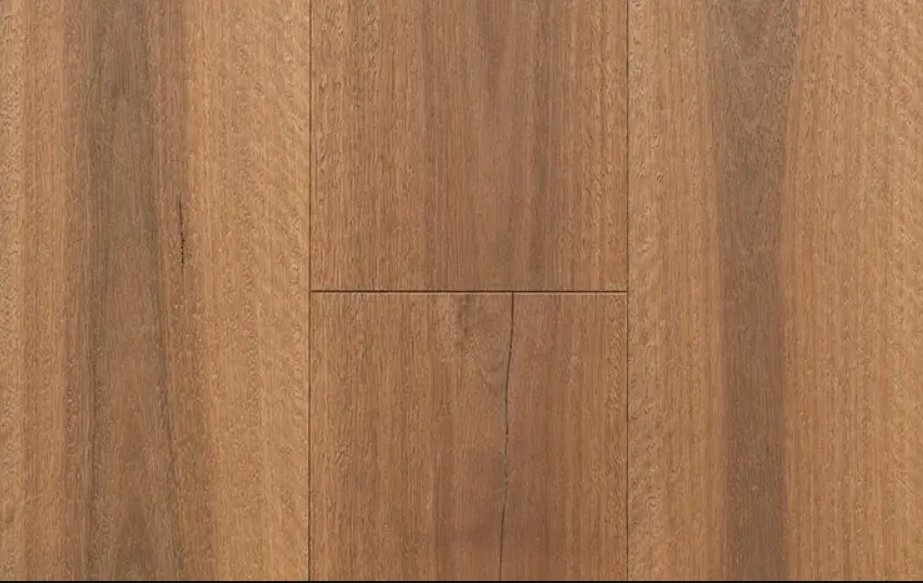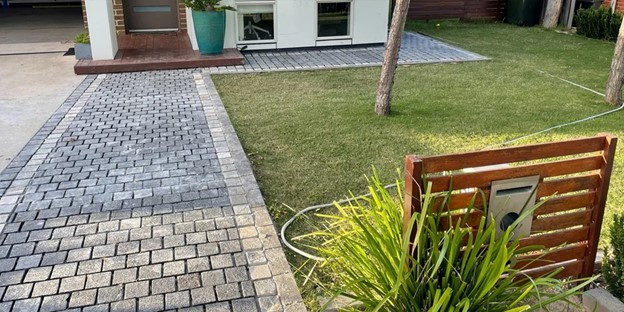“Effortless Kitchen Cleaning Tips: Unleash the Shine in Your Cooking Haven”
Introduction:
Keeping your kitchen clean is essential for maintaining a healthy and hygienic cooking environment. A sparkling clean kitchen not only enhances the overall appearance of your cooking space but also ensures food safety. In this article, we will provide you with some useful kitchen cleaning tips that will help you keep your cooking area spotless and free from germs. By following these tips, you can maintain a clean and inviting kitchen that is both functional and aesthetically pleasing.
Effective Ways to Remove Grease and Grime from Kitchen Surfaces
Effective Ways to Remove Grease and Grime from Kitchen Surfaces
Maintaining a clean and hygienic kitchen is essential for any home cook or chef. A sparkling clean cooking space not only ensures food safety but also enhances the overall cooking experience. One of the biggest challenges in keeping a kitchen clean is dealing with grease and grime that accumulate on various surfaces. From countertops to stovetops, these stubborn substances can be quite a headache to remove. However, with the right techniques and tools, you can easily tackle grease and grime and keep your kitchen looking pristine.
When it comes to removing grease and grime, prevention is key. Regularly wiping down surfaces after each use can help prevent the buildup of grease and grime. Using a damp cloth or sponge with a mild dish soap is usually sufficient for everyday cleaning. However, for tougher stains and grime, you may need to employ more powerful methods.
One effective way to remove grease and grime from kitchen surfaces is by using a mixture of baking soda and water. Baking soda is a natural abrasive that can help break down grease and grime without damaging the surface. Simply make a paste by mixing baking soda with water and apply it to the affected area. Let it sit for a few minutes, then scrub gently with a sponge or brush. Rinse thoroughly with water and dry with a clean cloth.
Another powerful grease-fighting agent is vinegar. Vinegar’s acidic properties make it an excellent cleaner for cutting through grease and grime. To use vinegar, mix equal parts of vinegar and water in a spray bottle. Spray the solution onto the greasy surface and let it sit for a few minutes. Then, wipe clean with a cloth or sponge. For stubborn stains, you can also heat the vinegar before applying it. Just be sure to test it on a small, inconspicuous area first to ensure it doesn’t damage the surface.
For greasy stovetops, a mixture of dish soap and warm water can work wonders. Fill a sink or basin with warm water and add a few drops of dish soap. Place the grates and burner caps in the soapy water and let them soak for about 15 minutes. Then, scrub them with a brush or sponge to remove any remaining grease. Rinse thoroughly and dry before placing them back on the stovetop.
When it comes to cleaning kitchen cabinets, a mixture of dish soap and warm water is also effective. Start by removing any loose dirt or debris with a dry cloth. Then, dip a sponge or cloth into the soapy water and gently scrub the cabinets. Pay extra attention to areas with heavy grease buildup. Rinse the sponge or cloth frequently and change the water as needed. Once you’ve cleaned all the cabinets, wipe them dry with a clean cloth to prevent water spots.
In conclusion, removing grease and grime from kitchen surfaces is essential for maintaining a clean and hygienic cooking space. By using the right techniques and tools, such as baking soda, vinegar, and dish soap, you can easily tackle even the toughest stains. Remember to always test any cleaning solution on a small area first and to rinse and dry surfaces thoroughly. With these effective methods, you can keep your kitchen sparkling clean and enjoy a pleasant cooking experience.
Essential Tips for Maintaining a Spotless Oven and Stovetop
Keeping your kitchen clean is essential for maintaining a healthy and hygienic cooking space. One area that often requires extra attention is the oven and stovetop. These are the workhorses of the kitchen, and they can quickly become dirty and greasy with regular use. In this section, we will provide you with some essential tips for maintaining a spotless oven and stovetop.
First and foremost, it is important to regularly clean your oven and stovetop to prevent the buildup of grease and grime. A dirty oven not only affects the taste of your food but can also be a fire hazard. To start, remove any loose debris from the oven and stovetop. This can be done by using a brush or a damp cloth. Be sure to turn off the oven and allow it to cool before cleaning.
Next, it’s time to tackle the grease and grime. One effective method is to use a mixture of baking soda and water. Create a paste by combining equal parts of baking soda and water in a bowl. Apply the paste to the oven and stovetop, focusing on the areas with the most buildup. Let the paste sit for at least 15 minutes to allow it to work its magic.
After the paste has had time to work, use a sponge or cloth to scrub away the grease and grime. You may need to apply some elbow grease to remove stubborn stains. For hard-to-reach areas, use a toothbrush or a small brush to get into the nooks and crannies. Rinse the sponge or cloth frequently to remove any residue.
For particularly stubborn stains, you may need to use a commercial oven cleaner. These cleaners are specifically designed to remove tough grease and grime. Follow the instructions on the label carefully and use gloves to protect your hands. Be sure to ventilate the area properly as some oven cleaners can produce strong fumes.
Once you have cleaned the oven and stovetop, it’s important to maintain their cleanliness. One way to do this is by wiping down the surfaces after each use. Use a damp cloth or sponge to remove any spills or splatters. This will prevent them from hardening and becoming more difficult to clean later on.
In addition to regular wiping, it is also a good idea to deep clean your oven and stovetop at least once a month. This will help to remove any buildup that may have accumulated over time. Follow the same steps as before, using the baking soda paste or a commercial cleaner if necessary.
In conclusion, maintaining a spotless oven and stovetop is essential for a clean and hygienic kitchen. Regular cleaning, using a mixture of baking soda and water or a commercial cleaner, will help to remove grease and grime. Wiping down the surfaces after each use and deep cleaning once a month will help to prevent buildup. By following these essential tips, you can keep your cooking space sparkling clean and ensure that your meals are prepared in a healthy and safe environment.
Quick and Easy Methods for Deep Cleaning Kitchen Appliances
Keeping your kitchen appliances clean is essential for maintaining a healthy and hygienic cooking space. However, deep cleaning these appliances can often seem like a daunting task. Fortunately, there are quick and easy methods that can help you keep your kitchen appliances sparkling clean without much effort.
Let’s start with the refrigerator, one of the most important appliances in your kitchen. To deep clean your refrigerator, begin by emptying it completely. Remove all the shelves, drawers, and any other removable parts. Soak them in warm soapy water and scrub them gently to remove any stains or food residue. Wipe down the interior of the refrigerator with a mixture of water and vinegar, which acts as a natural disinfectant. Pay special attention to the corners and crevices where dirt and grime tend to accumulate. Once you’ve cleaned the interior, dry it thoroughly before placing the shelves and drawers back in.
Moving on to the oven, another crucial appliance in your kitchen. To deep clean your oven, start by removing the racks and soaking them in warm soapy water. While the racks are soaking, use a damp cloth to wipe away any loose debris from the interior of the oven. Next, apply a paste made of baking soda and water to the interior surfaces, avoiding the heating elements. Let the paste sit for a few hours or overnight to loosen any baked-on grease or food. Then, using a damp cloth or sponge, scrub the interior surfaces to remove the paste and any residue. Finally, rinse the cloth or sponge and wipe down the interior once more to remove any remaining residue.
Now let’s move on to the microwave, a commonly used appliance that can quickly become dirty and smelly. To deep clean your microwave, start by filling a microwave-safe bowl with water and adding a few slices of lemon or a tablespoon of vinegar. Place the bowl in the microwave and heat it on high for a few minutes until the water boils and creates steam. The steam will help loosen any food splatters or stains. Carefully remove the bowl, as it will be hot, and use a damp cloth or sponge to wipe down the interior surfaces. Pay attention to the ceiling, walls, and turntable. For stubborn stains, dip the cloth or sponge in the lemon water or vinegar solution and scrub gently. Finally, wipe down the exterior of the microwave with a damp cloth to remove any fingerprints or smudges.
Last but not least, let’s not forget about the dishwasher, an appliance that cleans your dishes but also needs cleaning itself. To deep clean your dishwasher, start by removing any food debris from the filter located at the bottom of the dishwasher. Rinse the filter under running water to remove any remaining residue. Next, place a dishwasher-safe cup filled with white vinegar on the top rack of the dishwasher and run a hot water cycle. The vinegar will help remove any built-up grease or odors. Once the cycle is complete, sprinkle a cup of baking soda on the bottom of the dishwasher and run another hot water cycle. The baking soda will help remove any remaining stains or odors. Finally, wipe down the exterior of the dishwasher with a damp cloth to remove any smudges or fingerprints.
By following these quick and easy methods, you can keep your kitchen appliances sparkling clean without much effort. Remember to regularly clean and maintain your appliances to ensure their longevity and efficiency. A clean kitchen is not only visually appealing but also promotes a healthy and enjoyable cooking experience.In conclusion, following these kitchen cleaning tips can help you maintain a sparkling clean cooking space. Regularly wiping down surfaces, cleaning appliances, organizing cabinets, and practicing good hygiene habits are essential for a clean and healthy kitchen environment. Additionally, using natural cleaning solutions and implementing a cleaning schedule can make the task more manageable. By incorporating these tips into your routine, you can ensure that your kitchen remains a clean and inviting space for cooking and entertaining.




